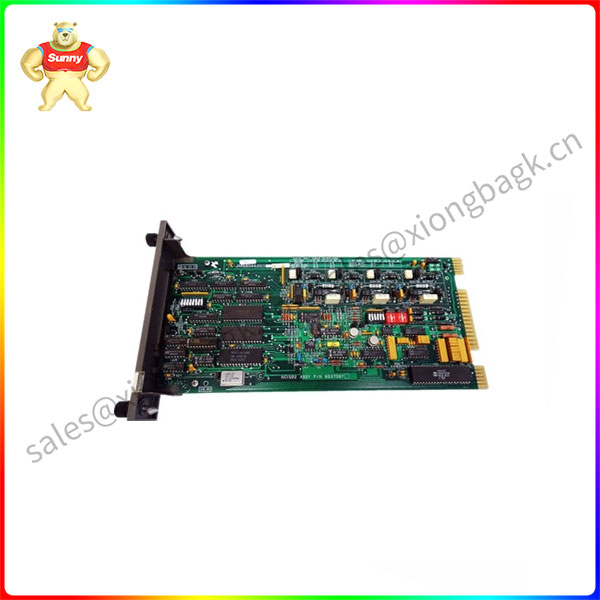Close cooperation to promote industrialization
Machine vision is a key technology in intelligent manufacturing, and its innovation and development are crucial to the intelligent transformation and upgrading of various industries. However, the innovation and development of machine vision can not be completed by a company behind closed doors, but requires close cooperation between upstream and downstream partners in the industry.
IMCIS02 Upstream parts suppliers provide higher performance components to ensure the advanced nature and stability of source technology; Midstream machine vision equipment manufacturers develop more advanced products, and downstream integrators and end users apply machine vision products to all walks of life to accelerate the marketization process.
As a supplier of machine vision products and solutions, Hikang robots, while maintaining its own innovation, actively build an intelligent ecology, join hands with upstream and downstream partners in the industry, and jointly promote the wide application of new technologies and new products.
In the automotive industry, machine vision products can be used for surface defect detection of stamping parts, automatic identification and warehousing of code reading doors, vehicle paint quality detection, vehicle body character recognition, parts loading guidance, vehicle assembly status detection, etc.
Visual inspection in the automotive industry
In the 3C industry, intelligent code readers can be widely used in raw material management, SMT supply line, production assembly, finished product management and other processes, suitable for different depth of field, to meet the minimal code, DPM difficult code reading requirements; 3D vision can be used intensively in the measurement of flatness, coplanarity, gap width and segment difference dimensions of consumer electronics products.
3C industry mobile phone flatness detection
In the photovoltaic industry, high-speed linear array cameras, high-resolution area array cameras and other products can be used for crystal rod growth detection, silicon wafer sorting, EL detection, bus strip positioning and detection, appearance detection, etc.
Photovoltaic industry bus-band detection
In the lithium battery industry, 3D laser profile sensors and a series of area array, line array cameras and other products can be used for pole size, defect, alignment detection, welding detection, battery appearance reading, liquid injection machine positioning grasp, sealing nail welding detection, cell loading and unloading positioning guidance.
Lithium battery industry cell loading and unloading positioning guidance
IMCIS02 In the field of commercial circulation, machine vision products are read, identified and tested in warehousing, picking, sorting, packaging, inventory and other links to improve the automation and intelligence of the circulation industry.
Circulation industry code reading applications
In addition to the above industries, machine vision is also widely used in semiconductor, panel inspection, coil, metal processing and other industries.
The application of machine vision strongly drives the intelligent upgrading of all walks of life, and at the same time, end customers in different industries put forward higher requirements for products in the application process, prompting machine vision enterprises to constantly innovate product technology and solutions. The close cooperation between suppliers, equipment manufacturers, integrators and end customers will effectively promote the coordinated development of the entire industrial chain and the optimization and upgrading of industrial structure.
03
Intelligent manufacturing conference, create a new future together
The wave of intelligence and digitalization is surging, and the upstream and downstream partners of the industry are well aware of the significance of intelligent manufacturing for enterprises and the industry, and are deeply aware of the importance of win-win cooperation.
Smart Manufacturing Conference 2024 aims to create an industry event for the field of intelligent manufacturing and commercial circulation, share innovation and application in various industries through online and offline channels, and join hands with partners to discuss how to “make machines smarter, make intelligence more inclusive”, create wisdom to create a new future, and achieve symbiotic win-win.
 中文版
中文版





